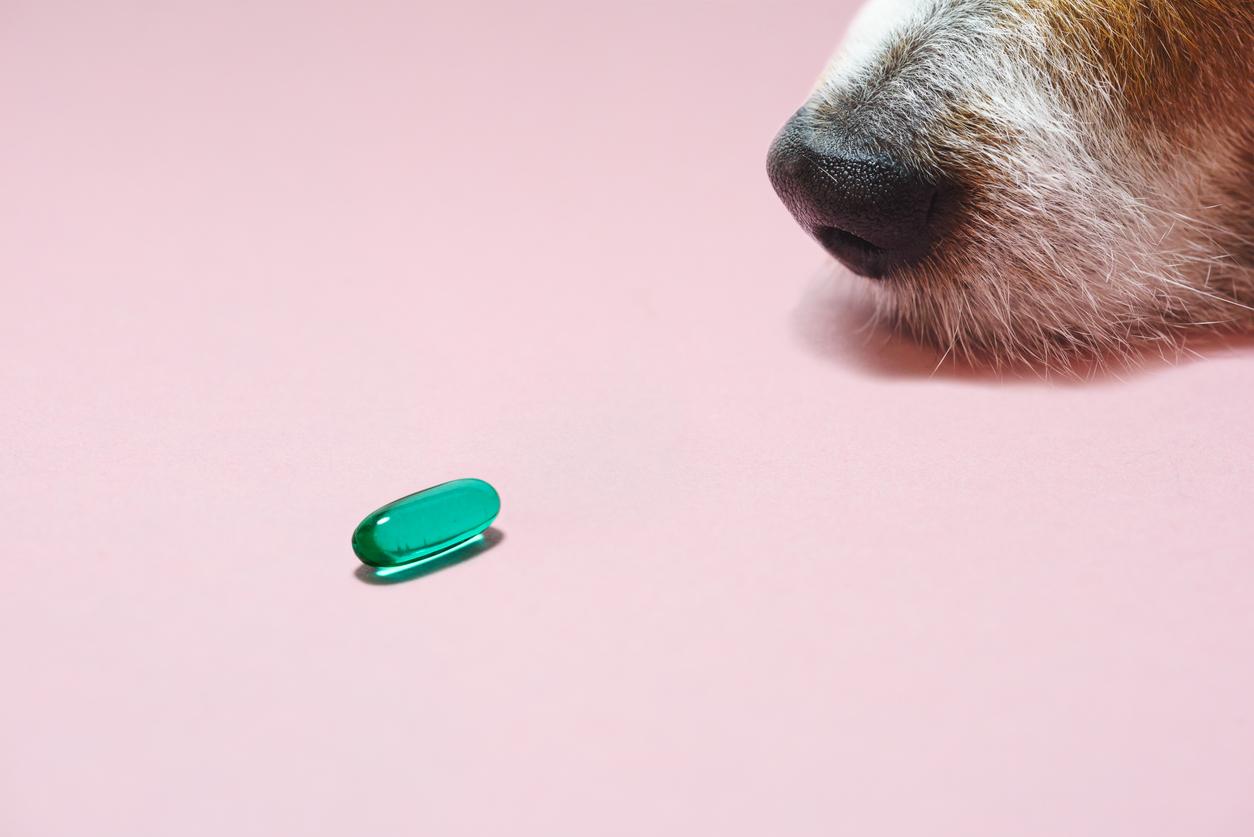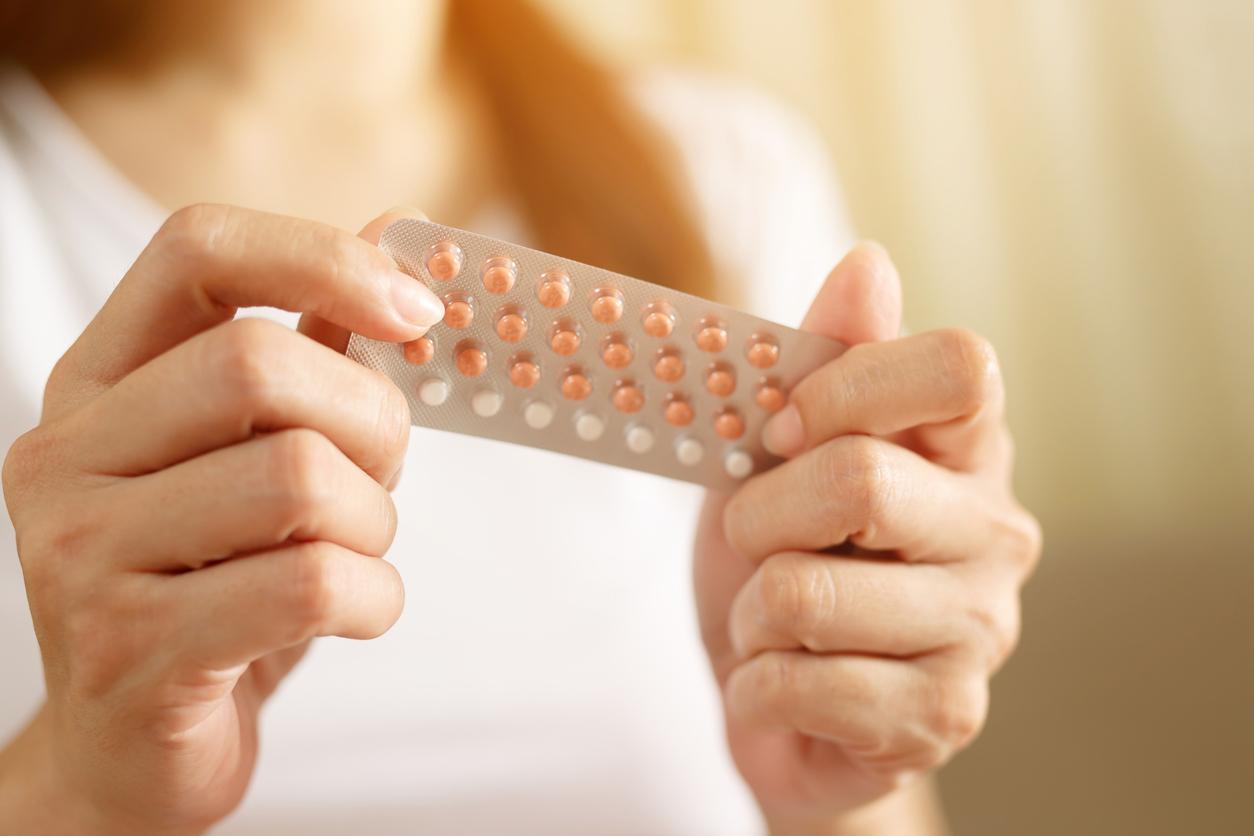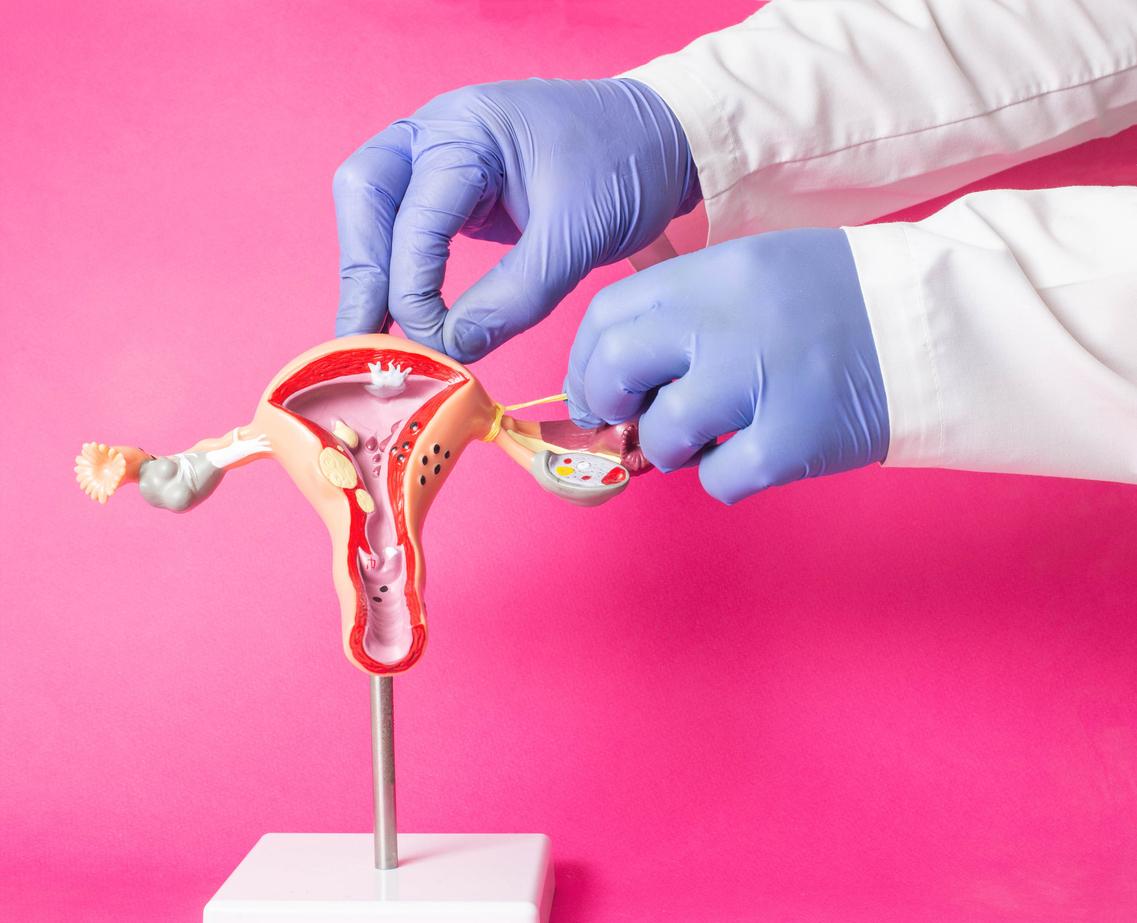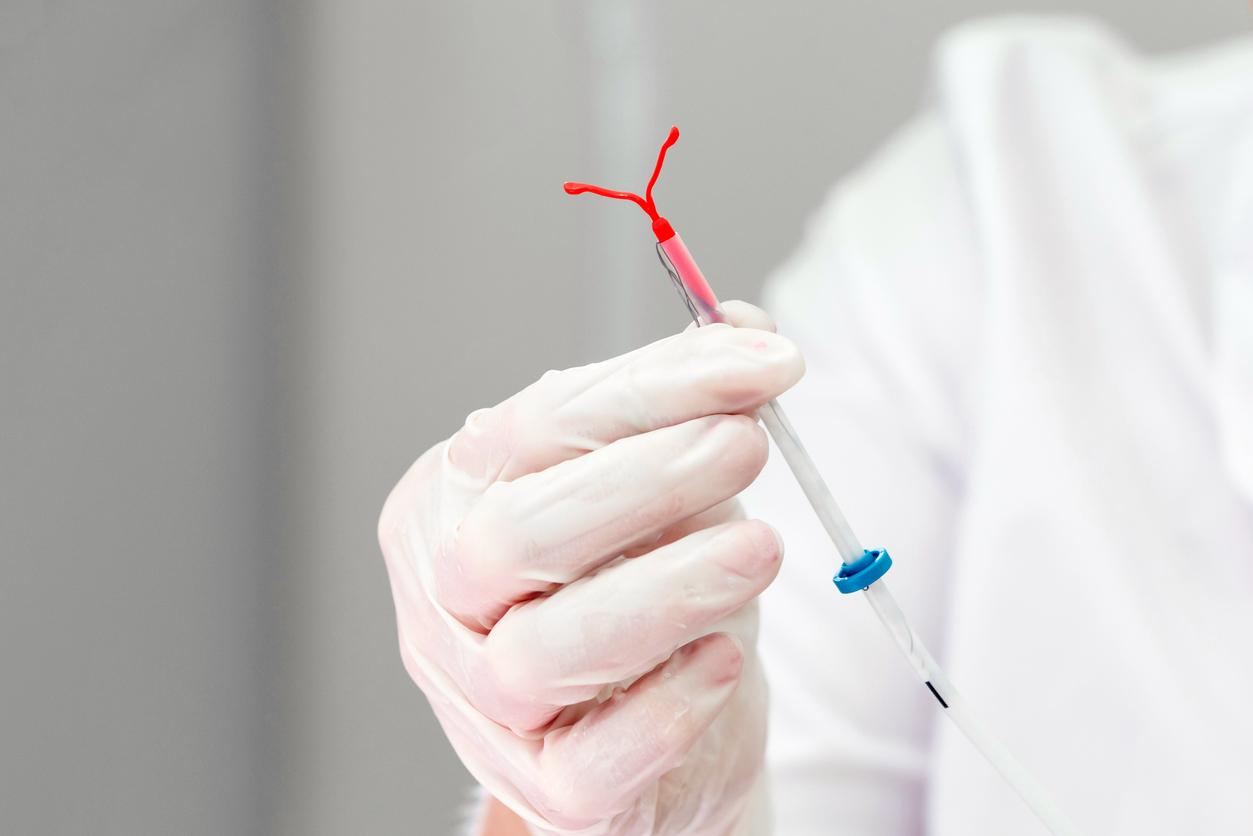IUD, vaginal ring, contraceptive implant: the American Academy of Pediatrics pronounces “for” in its latest recommendations on contraception.
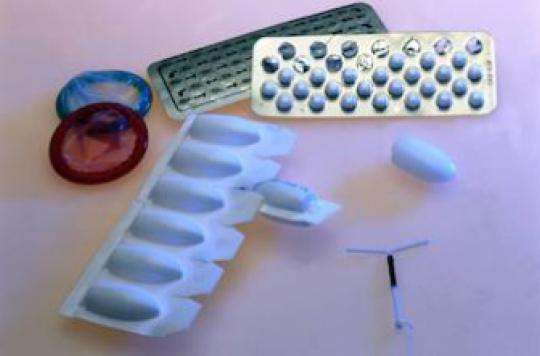
In France, IUDs and implants are still means of contraception and are still rarely placed in women who have never had children. Suffice to say that the American recommendation to advise them to teenage girls is surprising. Yet this is the position that has just taken the American Academy of Pediatrics (AAP). Its Committee on Adolescence publishes, in the October edition of its review Pediatrics, new recommendations for pediatricians, with the ambition of mThey advise adolescent girls on their contraception. In particular, she suggests that they approach the entire wide spectrum of available contraceptives, but also not to neglect the subject with any patient.
Combined oral contraceptives
Subcutaneous implants
Intrauterine devices
Male condom
Progestin-only injectable contraceptives
Vaginal ring
Transdermal contraceptive patch
Progestin-only pills
Not very effective and not very restrictive
The first consideration of the American Academy of Pediatrics is that pediatricians are at the forefront of informing and counseling adolescents about their sexuality. They know the medical history of the young people they treat, and they have often created a close bond with their patients. In particular, this allows them to better assess their sexual behavior and their risk of contracting a sexually transmitted infection (STI).
When it comes to discussing contraception with teens, they should keep in mind all available contraceptive methods, starting with those that provide the best protection: long-acting contraceptives. The American Academy of Pediatrics is therefore in favor of intrauterine devices (IUDs) and subcutaneous implants in adolescent girls. These means are in fact very effective and not very restrictive. Therefore, the Academy believes, pediatricians should be able to advise them and even put them in place if necessary.
Special situations
The AAP sends another message to pediatricians, who sometimes treat young people with particular profiles (disabilities, chronic diseases, obesity). These teens also have an active sex life, which should not be put aside. To help practitioners, the Academy recalls the rules of prudence relating to two main categories. Adolescent girls with disabilities or complex illnesses represent 16 to 25% of young girls treated by pediatricians. Their sexual needs are “often ignored”, stress the authors of these recommendations, while their behavior is similar to that of the general population. However, it should not be forgotten that certain diseases lead to specific needs and adaptations in terms of contraception.
Obese adolescent girls also have behaviors and needs “broadly similar to those of their normal weight peers,” acknowledges the AAP. But pediatricians should be aware that “obesity and its related endocrine effects can influence the efficacy profile and side effects of contraceptives. For example, a small number of additional pregnancies are observed in users of transdermal contraceptive patches weighing more than 90 kg. On the other hand, young girls who have undergone bariatric surgery have no contraindication.
On the occasion of these new recommendations, the AAP has also updated its opinions on the different contraceptive methods available in the United States. As in France, combined oral contraceptives (COCs) remain in the majority, but there is an increase in intrauterine devices (IUD, vaginal ring).
COCs are “the most popular method of hormonal contraception for teenagers,” note experts at AAP. Treatment can be started on the day of prescription, but pediatricians should remember to recommend a “back-up method” (abstinence or condom) for the first 7 days on the pill to ensure the product is effective. The transient effects (irregular bleeding, migraine, nausea) should not be neglected, and patients with certain chronic diseases (hypertension, hepatic dysfunction, migraines with aura, etc.) should avoid this type of contraception.
Subcutaneous implants stand out as “very effective.” As the AAP points out, used correctly, they have a failure rate of less than 1%. This long-acting contraception has the advantage of remaining in place for 3 years and being implanted under the skin of the forearm. “Implants are ideal for adolescents who prefer a method that does not require regular scheduled adhesion and who want an extended period of protection,” say the experts.
Intrauterine devices are also very effective and can remain in place for up to 10 years depending on the models chosen. Until now not very popular and sometimes controversial, they nevertheless have a good safety profile, as the AAP points out: “In the first 21 days, intrauterine devices do not increase the rates of STIs or inflammatory diseases. pelvic.
The male condom is also popular with young women and men. According to American data, they are respectively 52% and 75% to have used it during their last sexual intercourse. This contraceptive method has the advantage of including the male partner in the responsibility of conceiving or not, and of protecting young people from sexually transmitted infections.
Progestin-only injectables have an action of 13 weeks. A single dose is injected into the muscle or under the skin. The method is quite restrictive, however criticizes the AAP: it requires an injection every 13 weeks and causes menstrual irregularity in “almost all patients”, as well as a reduction in bone mineral density.
The vaginal ring also has constraints. It stays in place for 3 weeks in the vagina and needs to be replaced after a week of “rest.” For the rest, it works like combined oral contraceptives. “The ring has benefits comparable to other hormone combination methods, but offers the simplest regimen,” AAP experts conclude.
The transdermal contraceptive patch can be compared to the nicotine patch. Placed on the abdomen, upper torso, upper arm or buttocks, the device also remains in place for 3 weeks. It delivers a combination of estrogen and progestins. For efficiency, it is comparable to COCs, with a failure rate of 9%.
Progestin-only pills work by thickening cervical mucus, not by inhibiting ovulation. But thanks to a very restrictive adhesion, they have a higher rate of effectiveness than other combined or progestogen-only methods. They also represent a reliable alternative for patients at high risk of complications with estrogen.
Also note that emergency contraception does not exceed an effectiveness of 85%, and that other methods, such as withdrawal or calculating dates, are considered unreliable by the American Academy of Pediatrics.
.







